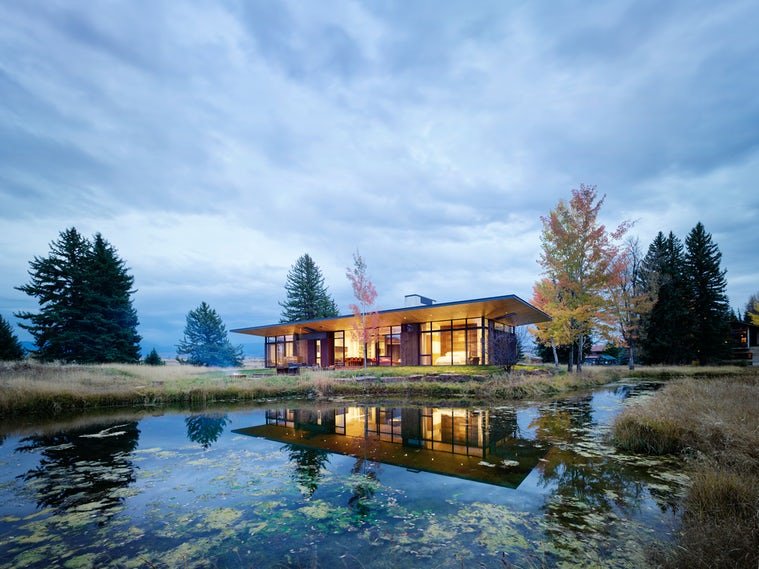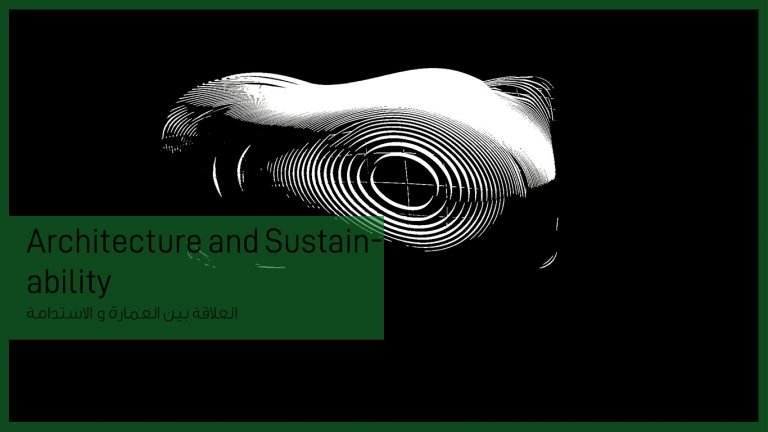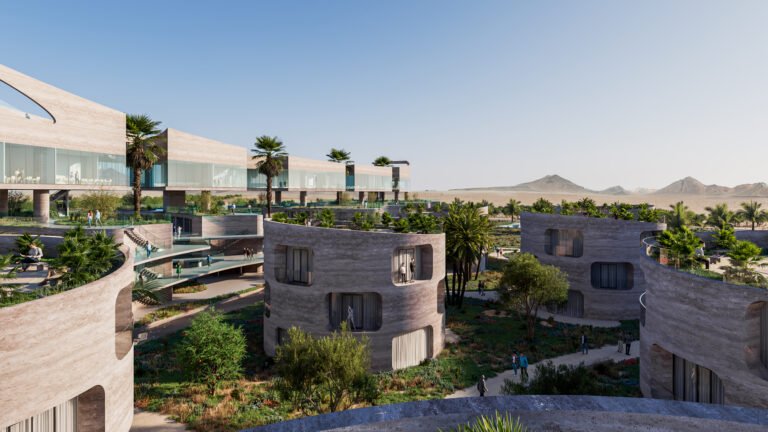Building in Africa with Pritzker Prize winner Francis Kéré
It didn’t surprise me when the Pritzker Architecture Prize announced its latest laureate. After all, the so-called Nobel Prize of architecture has a history of alternating between global media darlings, such as Philip Johnson or Rem Koolhaas, and more regional characters, like Glenn Murcutt or Sverre Fehn. There has been no lack of African candidates who have deserved the award during its 43-year history. The influence of Egyptian architect Hassan Fathy (1900–89) on contemporary alternative practices has yet to be fully recognized, and David Adjaye has been a runner-up on several occasions. The architectural establishment has been endeavoring to redeem the profession from its role in the excesses that led to the Great Recession of 2008, an attempt epitomized by Andres Lepik’s 2010 MoMA exhibition Small Scale, Big Change, which focused on projects for underserved communities. There is a high probability that future Pritzker juries will pick candidates from those who participated in that exhibition. Out of the 12 architects presented in the show, three have already been selected, including this year’s winner, Diébédo Francis Kéré.
This is not the first time Western architects have turned their eyes toward Africa in times of crisis. British critic Reyner Banham (1922–88), for example, believed architects were ignoring the rampant technological progress of his day. As a provocation, his book The Architecture of the Well-Tempered Environment (1969) imagined environmental management replacing the human need for shelter and drew influence from African constructions. For an audience accustomed to the images of Edward Steichen’s exhibition The Family of Man (1955) and Bernard Rudofsky’s Architecture without Architects (1964), examples of “outsider architecture” were plentiful. “Societies who do not build substantial structures,” Banham wrote, “group their activities around some central focus—a water hole, a shade tree, a fire, a great teacher” and inhabit spaces “whose external boundaries are vague, adjustable according to functional need, and rarely regular.” Habitation of this sort was to be found in pueblos in the American Southwest and Dogon country in Mali, which Team X member Aldo van Eyck (1918–99) visited while looking for placemaking and form-giving alternatives to the functionalist tendencies of CIAM. The secluded region along the Bandiagara Escarpment where the Dogon people took refuge from Muslim marauders in the 15th century has preserved a distinctive animist outlook, mostly intact even today. Its settlements match the preconceived ideas most Westerners have about Africa: round buildings made of mud and thatched roofs organized in circles around an open courtyard, each hamlet commanding a territory of the size needed to produce food for its inhabitants, and palaver huts at the center of the courtyards offering shade for the elders to discuss community matters. The ceilings are usually low to prevent occupants from standing up and engaging in violence—at least, that is what tour guides tell most tourists. Not so long ago, hordes of wannabe anthropologists flooded the Dogon country, longing to experience Paradise Lost.

The Bandiagara Escarpment funnels the Niger River north toward Timbuktu, a hub at the end of the gold, salt, and slave trade routes that have crossed the Sahara since antiquity. The river serves as a highway for commercial and cultural exchange. Its banks are populated with villages built out of clay but somehow more complex than those found in the Dogon country. They are inhabited chiefly by Malinke agriculturists but also by the Bozo, who fish; the Fula pastoralists; and other groups engaged in trade. The most important market, in the city of Djenné, takes place in front of the Great Mosque, probably the most iconic raw earth building on the planet. The French built it in 1907 on the site of a similar, older structure dating back to the 12th century, itself near an archaeological site dating back at least to the 2nd century BCE. Its porcupine-like spikes serve as permanent scaffolding, allowing for the required recladding, which takes the form of a photogenic festival every year. The Aga Khan Trust for Culture, an organization for which I worked from 2005 to 2014, restored it, together with the Great Mosque in Mopti and the Djinguereber Mosque in Timbuktu, from 2006 to 2010. The idea was that architectural conservation would stimulate the economy through the regeneration of craftsmanship and the development of cultural tourism. The reality that, from the point of view of most architecture historians, most African nations remain within the “Here be dragons” wilds of pre-Columbian cartographers doesn’t mean there’s nothing there to explore and enjoy.
Shortly before completing the renovation projects, the trust selected the city of Mopti to house an interpretation center for earthen architecture. Located at the confluence of the Bani and Niger Rivers and home to an 8,340-foot-long tarmac and terminal the size of most private community airports in the United States, the self-styled “Venice of Mali” was the entry point for travelers on the road to Djenné, the Dogon country, and Timbuktu. Income generated by the new facility would pay for a sanitation project in a region troubled by malaria. A humble first proposal, designed in-house, was quickly dismissed by senior management, which desired a project with higher visibility.



The stakes for this effort were high. Mali was going through an enormous process of land privatization, so interested parties were offering attractive gifts with which to win the government’s favor. The goal was to control a 1930s irrigation system built by the French colonial government that covered an area of around 400 square miles, and convert it to export-oriented agriculture, producing everything from sugarcane to agrofuels. Muammar Gaddafi, then Libya’s ruler and chairperson of the African Union, was building a new government office complex in the capital, Bamako, and a large Friday mosque in Mopti. Chinese investors were building hospitals and laying down the first expressway in the country. His Highness the Aga Khan had to meet expectations to be taken seriously. Consequently, on top of the restoration projects and the interpretation center in Mopti, a new park was to be built surrounding the National Museum in Bamako, which houses one of the best collections of African art outside the West. High-profile architects were to be employed. Quality would prevail over quantity.
But the first round of invitations didn’t turn out well. The prospect of building a small museum and a couple of park pavilions in one of the world’s poorest countries didn’t appeal to the global architectural elite. Back then, I was a jack-of-all-trades at the trust’s headquarters in Geneva, shuffling between both sides of a corridor separating the Historic Cities Program and the Aga Khan Award for Architecture. I was evidently one of the few in the office who made this trek, as no one involved in the Mali projects had heard of Francis Kéré, even though he had won the Aga Khan Award in 2004 for the primary school he designed for his hometown, Gando, in neighboring Burkina Faso. I mentioned his name and gave a copy of the award’s catalogue to the manager in charge of mud architecture conservation, but never heard back. Whether or not my cross-corridor voyages made any difference, the trust wound up hiring Kéré to design its projects in Mali.


Mali proclaimed its independence from France on September 22, 1960. Fifty years later, we were racing to complete the center and park pavilions in time for the anniversary. Things were not going as expected. Whenever Kéré visited Mali, he spent his time attempting to secure new projects rather than visiting job sites and making decisions. The scarcity of building materials and construction machinery endangered His Highness’s promises to deliver the projects in time for Independence Day. The project in Bamako benefited from an experienced project manager who couldn’t care less about Kéré’s building principles. He had most of the structure prefabricated by a Qatari company in Turkey, shipped in containers to Mali, and erected on-site like a Lego set. Concrete block walls were clad in time with local stone. On the other hand, the project in Mopti was led by a younger team trying to replicate the methods Kéré employed in Gando—namely, pursuing a labor-intensive approach that used large numbers of workers rather than renting machines to do the same job. This seemingly counterintuitive (to Western eyes) approach funneled more of a project’s funds directly into the pockets of those who needed it the most—local laborers. But deadlines tend to be enemies of principles, and since the building site was accumulating delays, top management transferred our entire workforce to Mopti. I found myself landing at Mopti Airport in the middle of a summer storm four months before the center’s scheduled opening date.
I had prepared a few drawings beforehand for basic items like window specifications, exhibition furniture, and cafe stools. Everything was tossed into the garbage after my first encounter with the ironmongers. I had to simplify every design so they could be assembled with the few tubular profiles available. I also had to build mock-ups, since most workers didn’t understand architectural drawings. The concrete mixer we leased from a fat guy driving a Mercedes-Benz SUV fell apart daily, so we decided to hire ten extra workers in its place. The Chinese building sites in the area monopolized the available cranes, so we had to engineer how to place the 600-pound IPN-profile steel beams atop the bearing walls safely by hand. A Burkinabè builder produced all the stabilized compressed-earth bricks on-site, using clay from the nearby riverbed and a small amount of cement (around 10 to 15 percent), employing a hand press he had brought with him from Ouagadougou. He had negotiated a reasonable price with the expectation that he would win new commissions in Mopti. Unfortunately, the only other building in town made with bricks was a prison built during colonial times.



The great advantage of Kéré’s plan was its flexibility. It allowed us to make a few changes in the program without losing the idiosyncrasy of the whole design. Its main feature, a large secondary roof providing shade and cross ventilation above a massive ceiling, may have been inspired by earlier examples of “tropical architecture” such as Le Corbusier’s High Court in Chandigarh, India. But whereas L.C. employed heavy béton brut, Kéré intelligently uses cheap and readily available rebar and tin sheets. Cantilevering eaves shelter the earthen walls from water erosion, and vaulted brick ceilings provide thermal mass, protecting the inside from direct solar radiation. Near the end of construction, Kéré threatened to disavow the project because one of our colleagues, the compressed stabilized earth block advocate, attempted to demonstrate the material’s possibilities by including a round opening in one of the walls. But this aberration was overlooked when, after completion, Kéré showed up with photographer Iwan Baan to inspect everything that we had made. Behold—it was very good. The project has been featured in several publications and exhibitions. Nevertheless, as political stability eroded, the grand opening was first postponed and then abridged to a small event a couple of months later. It never received the number of visitors needed to cover the costs and is now more of a training and community center than a museum.
I did not see Kéré again until a couple of years later. I was staying with an architect friend in Koudougou, Burkina Faso’s third most populous city. We visited Tiebelé, a traditional Kassena culture settlement near the border with Ghana known for its houses’ decorative patterns, which are painted by the village women once the harvest season is over. On the way back, we stopped in Gando. Kéré happened to be in town, and he kindly gave us a tour of his projects there. Gone was the prima donna attitude of relentlessly chasing ministers and donors or complaining about rounded windows. Instead, we found the architect playing a home game, enthusiastically discussing every construction detail, passionately presenting the material experiments he had been working on. The Holcim Foundation had recently granted him $100,000 to complete the Naaba Belem Goumma Secondary School, only a few yards away from the primary school that led to his early fame. He was testing different in situ cast walls made from a mix of clay and cement similar to that we had used for the bricks in Mopti. But by playing around with molds, he could achieve greater expression and variety. (Mannerism always follows high points, I thought to myself.)
An important aspect that escaped me before meeting Kéré at home is that he is a prince. After the site visit, we went for lunch to a nearby maquis (the French-Burkinabè word for “restaurant”), and the owner would not allow us to sit anywhere other than on a dais reserved for grooms during wedding celebrations, or the chef du village, who happened to be our host. Passersby approached our table and thanked their sovereign for all he was doing for his people. My friend and I thanked him for inviting us for lunch, shook hands, and left Gando driving an old Renault 9, which barely reached the capital, Ouagadougou.



Since then, I’ve crossed paths with Kéré at a few architecture biennales, exhibition openings, lectures, and once in his medium-size office in Berlin. His fame has grown exponentially without him losing an inch of his charisma. Everybody I know who has worked with him has enjoyed the experience and learned a good deal. Those who compete with him for the same projects acknowledge him as a formidable competitor. However, I feel that his latest projects have conformed more to what a naive Caucasian audience would expect from an African-born architect: Round shapes, bright colors, ephemeral pavilions, and Camper stores have replaced the elegant pragmatism of his earlier works, which exhibit a sort of creativity that comes only when resources are scarce. The words sustainability and utopia are mentioned ad nauseam in the rivers of ink that have flowed following the Pritzker proclamation, yet Kéré’s only large-scale building under construction is the Benin National Assembly, a $43 million concrete juggernaut being built by the China State Construction Engineering Corporation, a company with a long track record of corruption. Little is written about the actual use of many of his buildings, and post-occupancy reports are hardly available.
None of this, of course, is Kéré’s fault. The political vacuum left following the assassination of Gaddafi by rebel fighters in 2011 destroyed the delicate balance that maintained stability in the Sahel—the semi-arid region between the Sahara and the Sudanese savanna, and from the Atlantic Ocean to the Red Sea. Mali, Burkina Faso, and Niger have become nurseries of extremist terrorism as well as a proxy battlefield in the ongoing invasion of Ukraine by Russian forces. As I write this, France is withdrawing 5,000 soldiers from the region, the government of Mali has invited Russian mercenaries to join its war on terror, and, last January, a coup d’état took place in Burkina Faso. Colonial legacies, entrenched corruption, irredeemable national debts, and political isolation are dragging more and more people into poverty, making them keener to join the ranks of jihadi groups with the hope of a better future, if not on earth, then at least in the afterlife. Momentum of Light, a recent exhibition by Iwan Baan of Kéré’s homeland, accurately registers this reality, even if the photographer’s statement says otherwise. Gone are the images of smiling kids we’ve become used to seeing in the architect’s work. In their place, faces apathetically stare at smartphone screens as the only source of light and hope. There’s not much that architecture can do in the face of this reality.

By celebrating Francis Kéré’s architecture, the Pritzker Prize only serves Western complacency. Admiring his successes only diverts our attention from the larger narrative of the region: land grabs, fossil fuel dependency, and modern colonialism. Even worse is the dark irony that a U.S. institution should promote the visibility of open-air schools abroad when at home children are held captive in fortresslike buildings to protect them against mass shootings and terrorist attacks.
Since architecture curators began promoting this social turn more than a decade ago, no big changes seem to have happened on the ground. There’s no lack of architectural ideas ready to be tested and deployed in the realms of housing, institution-making, schools, parks, or cultural preservation, to name a few. What is missing is the political will to change things. And perhaps it is here that Kéré, the great teacher standing in the center of it all, might have something to say.
Ibai Rigby is a researcher and PhD candidate at RWTH Aachen University in Germany.



